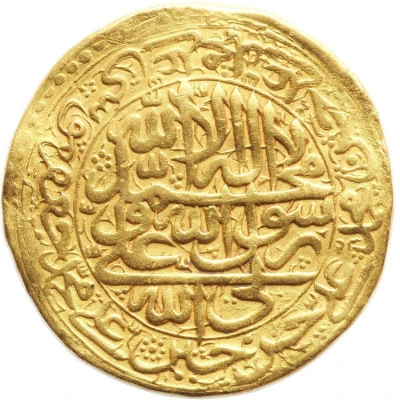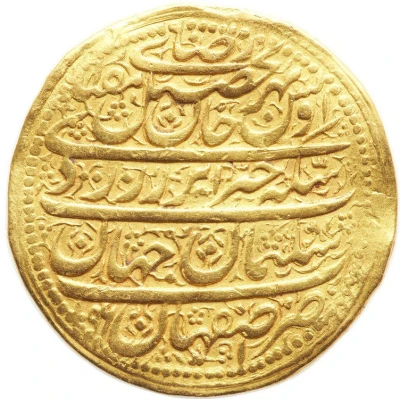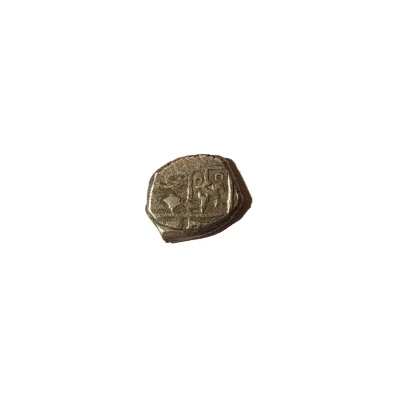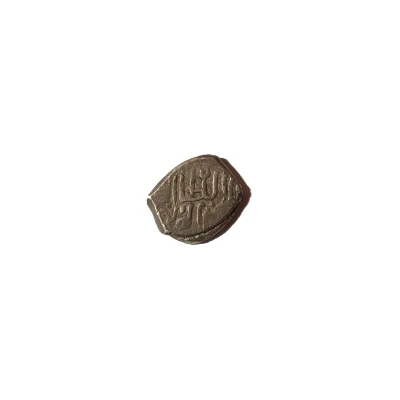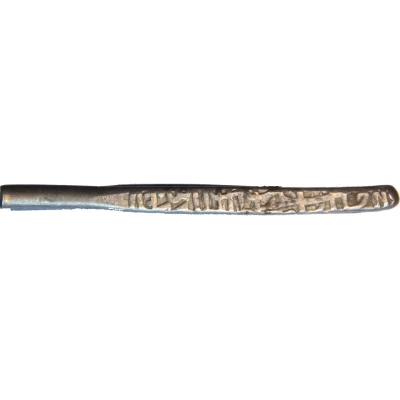
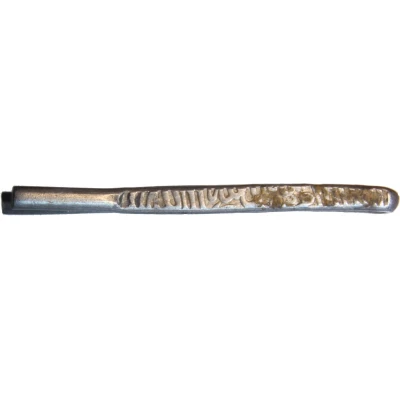

Larin - Isma'il I Safavi ND
| Silver | 4.9 g | - |
| Issuer | Iran |
|---|---|
| Shah | Ismail I (1502-1525) |
| Type | Standard circulation coin |
| Years | 1502-1524 |
| Value | 1 Larin |
| Currency | Shahi (1501-1798) |
| Composition | Silver |
| Weight | 4.9 g |
| Size | 47 mm |
| Shape | Other (Hairpin) |
| Demonetized | Yes |
| Updated | 2024-10-05 |
| Numista | N#74608 |
|---|---|
| Rarity index | 90% |
Reverse
Lettering: لا اله الا الله محمد رسول الله علی ولی الله
Translation: kalima / shahada
Comment
A larin, invented during the sixteenth century, is a coin shaped like a bent hairpin.
The name larin, originates from the city of Lar in Iran where they were first struck. For two centuries, they were struck with circular or rectangular dies by a number of Islamic rulers - in Turkey, Arabia and Iran - as well as in India, Sri Lanka and the Maldives, becoming a popular coin for international trade. It is said that they were tied up in bundles and traded by weight. According to the mid-nineteenth century writer, François Pyrard de Laval: 'the best silver comes from Persia by way of Hormuz in the form of long coins called larins which the smiths of India prize highly and use to their great advantage being a very pure clean soft silver good for working'.
In the sixteenth century, five larins could be exchanged for one gold ashrafi. In the Maldives they were used alongside cowrie shells while in Sri Lanka, where they were shaped like fish hooks, they circulated alongside Portuguese coins.
M. Mitchiner, Oriental coins and their value (London, Hawkins Publications, 1977)
Interesting fact
One interesting fact about this coin is that it was issued during the reign of Ismail I Safavi, who was the founder of the Safavid dynasty and is considered one of the most important figures in Iranian history. He was known for his military campaigns and his efforts to unify the country under a single ruler. The coin's design and inscriptions reflect the cultural and religious influences of the time, and it is a valuable piece of history for collectors and historians.
